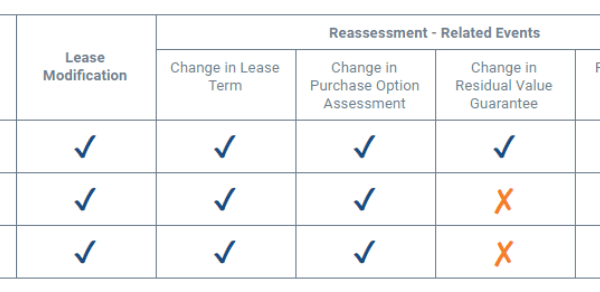This post originally appeared on Marketplace Advertiser, Reonomy and is republished with permission. Find out how to syndicate your content with theBrokerList.
It is no surprise that commercial real estate (CRE) in the U.S. has been heavily affected by the COVID-19 pandemic. From lockdown orders keeping workers out of their offices to retailers shuttering their doors and disruptions across supply chains. Over the past year, the macroeconomic environment has impacted all levels of activity across CRE, but the current condition of the market appears to be overhyped while certain sectors aren’t getting enough attention. In order to cut through all of the market noise, it is not only essential to have access to the right data but also innovative and growth-driven insights to act on key investment trends in 2021.
To make sense of these recent trends impacting U.S. commercial real estate markets, Reonomy Research hosted a webinar with Nick Steen, Senior Financial Analyst at Avison Young and Tim Savage, Professor at Schack Institute of Real Estate (NYU). The Current State of CRE and Industry Outlook not only analyzed economic recovery implications across property types and markets but also provided insights and outlooks on where CRE is heading in the months and quarters ahead.
When long-term trends meet an external shock
As the long duration rate of 10-year U.S. treasury bonds fall, so to have the risk-free return on long duration assets like CRE. This trend, coupled with declines in cap rates, resulted in the number of transactions slowing tremendously in the latter half of 2020. As easy as it is to blame COVID-19, the story is much more nuanced. While many deals that were already in progress were able to close by mid-February or early March, there was a severe decline in investment activity in April when overall volumes halved. By the Q2 2020, investment activity volume was 55% lower than the same period one year earlier.
Looking to 2021, broad capital market attitude is pricing in an optimistic and full recovery but CRE markets still need some time to overcome the shock. Most recent data from Q1 2021 transactions still trail pre-pandemic levels by at least 25% but, rather than COVID, much of this is driven by debt. Although purchase and construction loans are becoming a more significant component of the overall debt picture, lenders remain cautious.
Caution creates opportunities… if you know where to look
The sense of cautious optimism has led to some portraying CRE positively with increased demand for industrial space or the resilience of grocery-anchored retail. However, a much greater number of mentions focus on the negative themes, such as the death of pre-pandemic office models and apartment living becoming a thing of the past as millennials and retirees migrate away from coastal cities.
What many CRE analysts overlook is the ancillary effects of reopening post-pandemic and inevitable disrupted supply lines that increase construction costs. As panelist Nick Shane mentioned, “one thing that was a constant theme throughout this cycle is… that every construction cost was always getting more expensive.” In fact, despite CRE market disruptions, construction costs continue to be at near high levels. Since 2012, there has been a 42.6% total increase in construction costs at a compounding yearly 4.5%. If you look at office space, the trend becomes clear. Although the adoption of remote work does not mean that there will be no more offices, it has led to higher levels of investment in building flexible floor plans that require development and construction.
It’s no longer a question of having the right investment thesis but the ability to create actionable insights in a timely manner. Today’s CRE professionals should be looking forward and increase their focus on greater data, transparency, and analytical capabilities that will, inevitably, create new opportunity intelligence in an industry still recovering from the pandemic.



